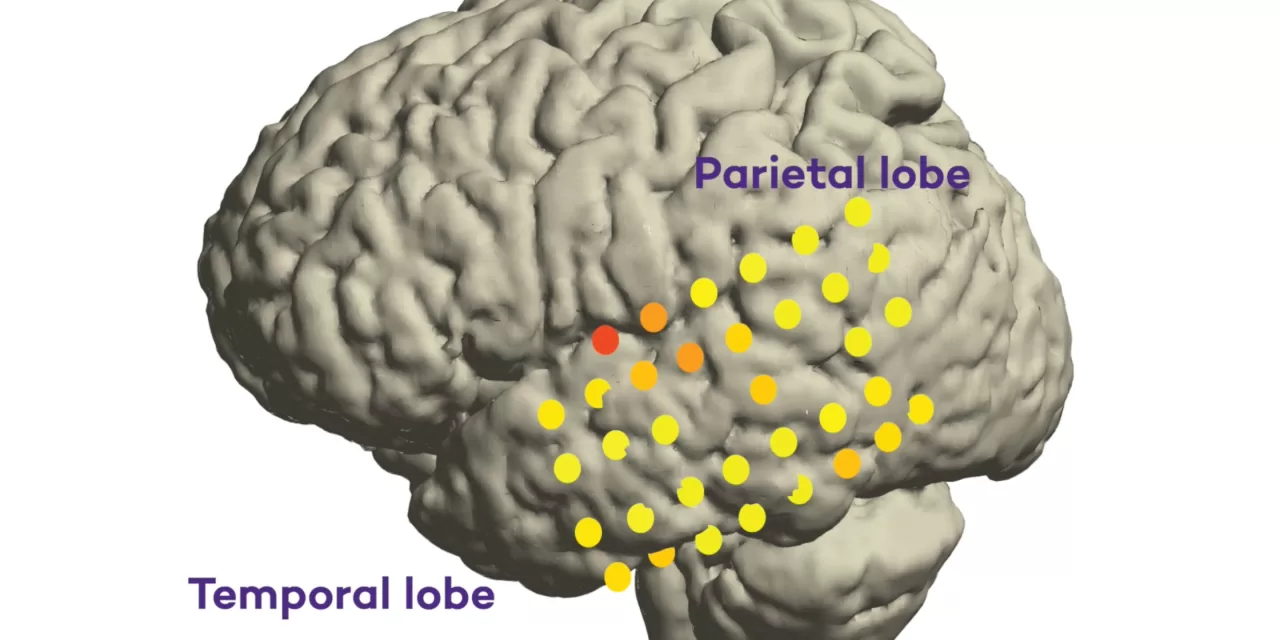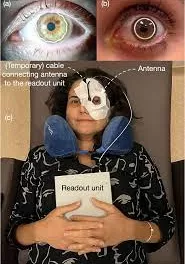Chicago, IL – Scientists at Northwestern University have taken a significant step towards developing a new treatment for Broca’s aphasia, a language disorder that impairs a person’s ability to speak or write. The study, published in the Journal of Neural Engineering, identifies previously unexplored brain regions that could be instrumental in developing brain-computer interfaces (BCIs) for speech restoration.
Broca’s aphasia, often caused by a stroke or brain tumor, results from damage to the frontal lobe, where speech production is processed. While current treatments rely on speech therapy, researchers are exploring BCIs to convert brain signals into spoken words. However, most BCIs currently record signals from the frontal lobe, which is typically damaged in patients with Broca’s aphasia. This study shifts the focus to other areas of the brain, opening new possibilities for treatment.
Mapping New Speech Intent Regions
Northwestern Medicine scientists have, for the first time, identified specific brain regions outside the frontal lobe—the temporal and parietal cortices—that are involved in the intent to produce speech. According to Dr. Marc Slutzky, the study’s corresponding author and professor of neurology and neuroscience at Northwestern University Feinberg School of Medicine, these areas contain vital information about when someone intends to speak.
“This is a small, but necessary step,” Slutzky said. “We showed that these non-frontal areas indeed contain information about someone’s intent to produce speech, allowing us to distinguish between when they were going to speak and when they were not.”
This finding paves the way for future BCI development, ensuring that devices can accurately decode intended speech while avoiding the unintended reading of private thoughts—an important ethical consideration.
Study Conducted on Patients Without Language Deficits
The research was conducted on nine patients without language deficits at Northwestern Memorial Hospital. These individuals, undergoing treatment for epilepsy or brain tumors, had electrode arrays implanted on the surface of their cortexes as part of seizure monitoring or awake brain surgery. During the study, participants either read words aloud or remained silent while their brain signals were recorded using electrocorticography (ECoG).
The next phase of research aims to decode the actual words spoken by patients, further refining BCI technology for individuals with aphasia.
A Future for BCI-Based Aphasia Treatment
The long-term goal of this research is to create BCIs capable of helping people with Broca’s aphasia regain their ability to communicate. By shifting focus from the damaged frontal lobe to other intact regions of the brain, researchers are moving closer to developing practical applications for this technology.
While this study marks only an initial step, it represents hope for future advancements in aphasia treatment, potentially restoring speech for thousands affected by this debilitating condition.
Disclaimer: This article is based on research findings and does not constitute medical advice. For diagnosis or treatment of aphasia, individuals should consult a healthcare professional.












